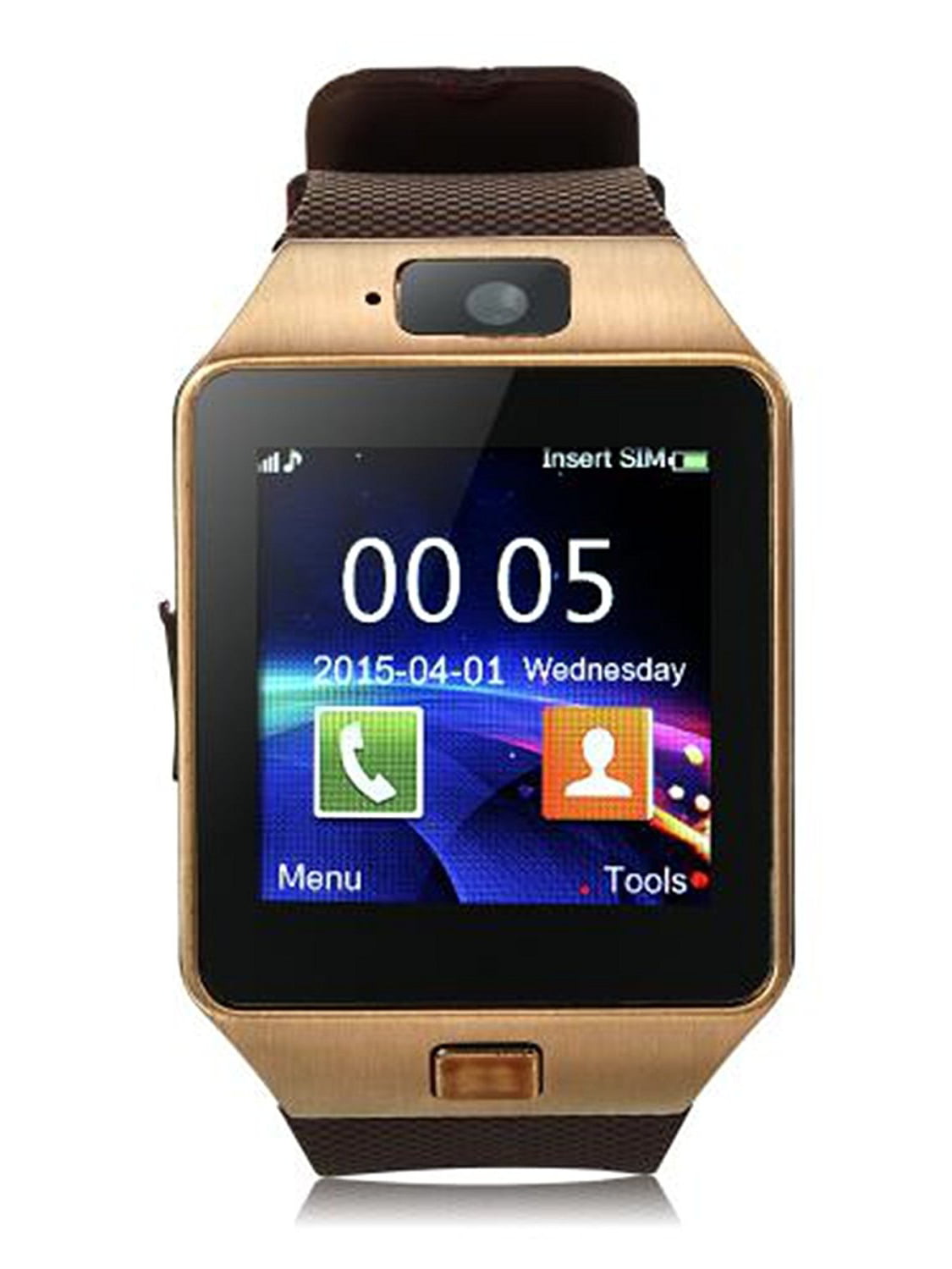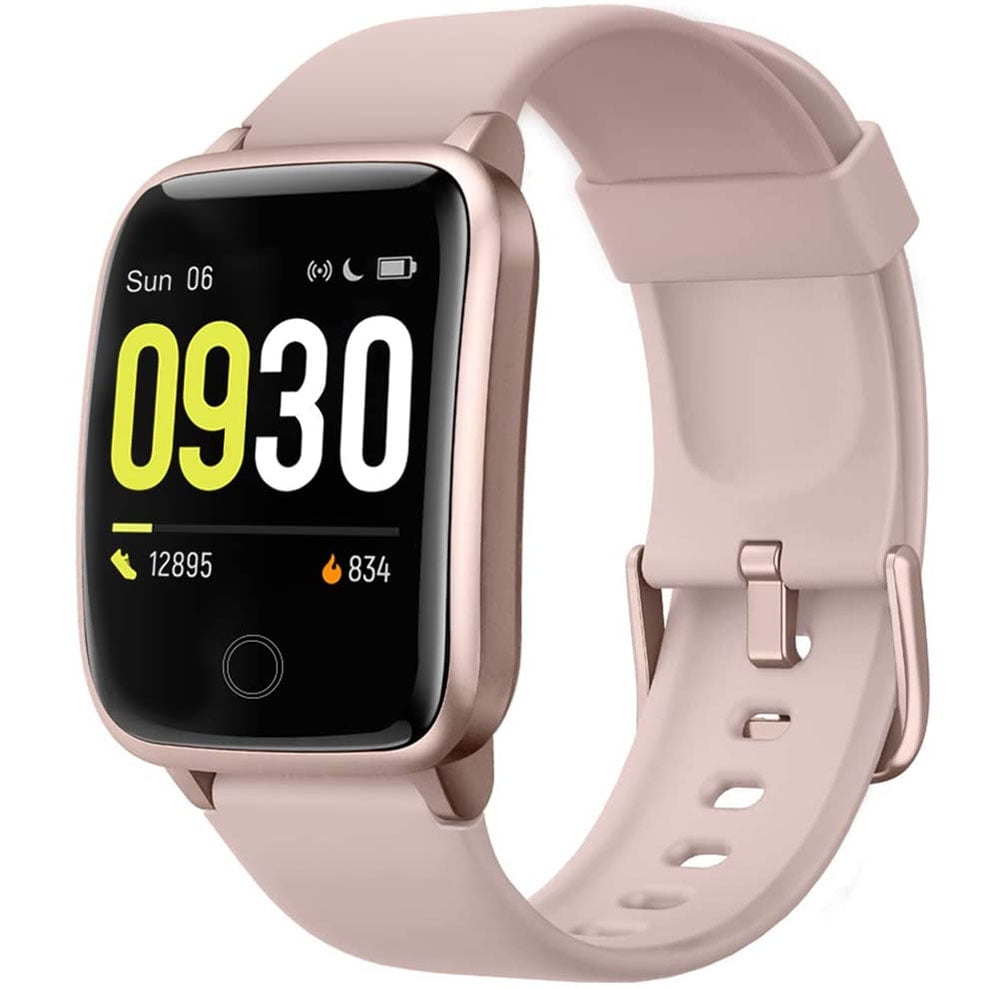

Macro and micronutrient table is clear, easy to read and comprehend.įoods are entered as one long list. Over a period of 9 days (I got bored after this!) I ate my normal habitual diet (which varies according to the training I’m doing), weighed all my foods and entered them into the two apps to see what the difference was and how they compared in terms of functionality and ease of use. The last option - using an online app to help record your food intake is the nutrition tracking strategy I’m going to focus on today, comparing two of the most popular apps, Cronometer and MyFitnessPal. Taking photos of the foods, drinks and snacks Writing down a list of the foods eaten each day

There are three main ways where you can do some form of nutrition tracking, namely I wouldn’t advise it being used day in day out, but it can be very handy to see where improvements can be made. My opinion when it comes to nutrition tracking is that it is not for everyone. Numbers are very individual - what is ideal for one person could be very different to what is ideal for you.Īlways take any numbers with a grain of salt - anticipating that you could be anywhere from 10-20% over or underestimating your intake. Errors in estimating your food portions, errors in the nutritional composition of the foods you add no app is perfect, and the data you receive is ONLY as good as what you enter. It’s worth noting that there are many errors when it comes to food assessment.


 0 kommentar(er)
0 kommentar(er)
